Blog>Trade>Business Management>What tradespeople need to know about CDM regulations
Last updated: 8 January 2025
What tradespeople need to know about CDM regulations
A law that came into effect in 2015, CDM regulations are there to improve health and safety in the construction industry. This guide is for tradespeople involved in the planning or management of construction projects.
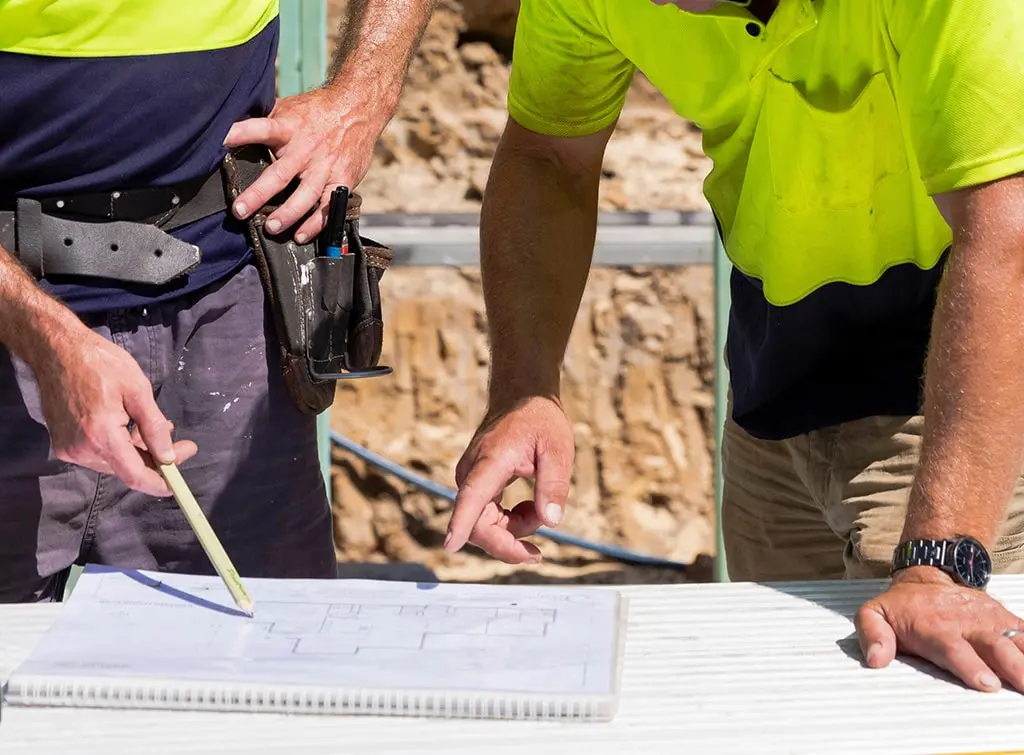
When it comes to being safe in the workplace, following Health and Safety guidelines is everyone’s responsibility. However, when you’re working in the construction industry as a skilled tradesperson, there are other regulations you need to know about.
There are a number of rules and regulations relating to CDM. These relate to the Design and Management of Construction projects. CDM regulations outline key people, roles, responsibilities, and assessments that need to be carried out to ensure compliance.
What are CDM regulations?
The Construction (Design and Management) Regulations 2015 was a piece of legislation to replace an earlier version from 2007. The regulations are there to provide a structure for all construction projects to follow. They cover the planning, management and risk assessment.
If you find it difficult to understand legal jargon, the HSE have provided online help through their website to help you navigate the CDM guidelines.
One of the main things introduced with the updated law was the introduction of 7 “dutyholder” roles, and then outlines what they are required to do.
To put it simply, having a dutyholder for a construction project means that there will be people (or person) responsible for:
Helping avoid risks where possible
Evaluating risks that can’t be avoided
Put in appropriate measures
Health and safety is so important for tradespeople, especially due to the potential hazards found on a construction site. There are a number of other regulations that you’ll also need to be aware of, including those for anyone working at height.
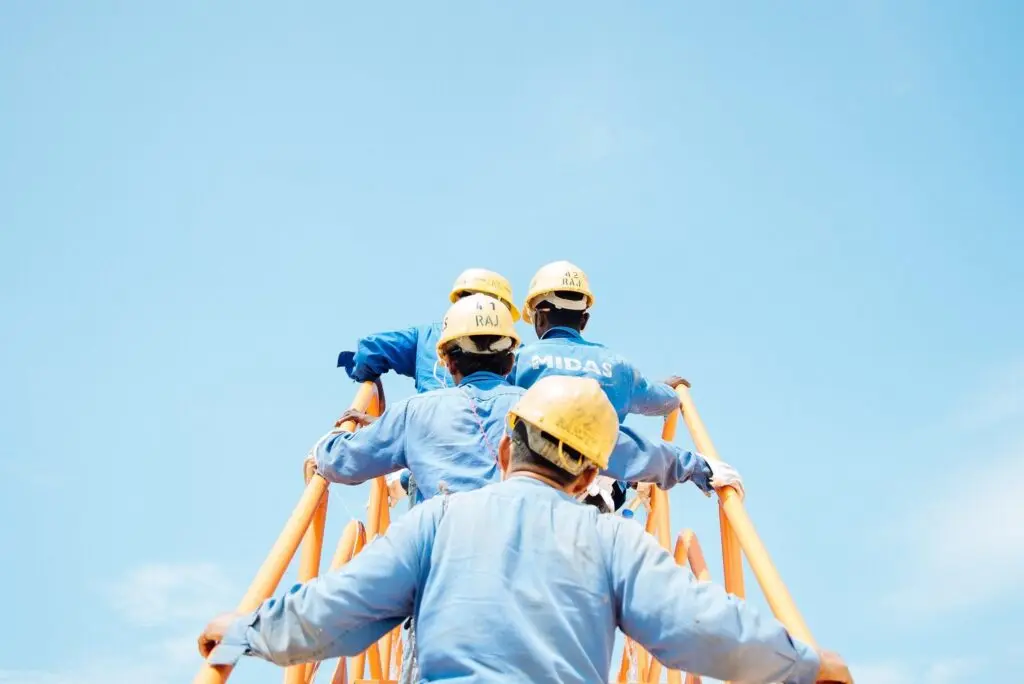
What are the main CDM rules?
As a very broad piece of legislation, the Construction (Design and Management) Regulations outlines 7 key dutyholder roles and their responsibilities.
Each of them has different areas they need to oversee and rules they need to follow. So in this guide, we’ll give you a brief look at what those rules mean, and how it affects your trade business.
The 7 main dutyholder roles are:
Client – Organisations or individuals for whom the project is carried out
Domestic Client – When a construction project is carried out on a home
Principal Designer – These are designers appointed by a client when there is more than one contractor involved
Designer – These oversee the preparation or modification of designs relating to the construction project
Principal Contractor – They will oversee the construction phase of a project with more than one contractor
Contractor – These are the individuals or companies who carry out the work
Worker – This duty covers anyone else working on a construction project under the control of contractors
Every person has a different role to play. However, all are intended to work together to make sure a construction project is carried out as safely as possible.
Under CDM 2015, organisations or individuals can be one or more dutyholder for a project. So as a skilled tradesperson working in construction, you should get familiar with the different roles and responsibilities that you may have to follow as part of the CDM regulations.
What do dutyholders do?
The dutyholders are responsible for securing construction health and safety in a variety of ways. Broadly speaking, the main CDM rules are around:
Managing risks by applying the general principles of prevention
Making sure that the right people and organisations are appointed at the right time
Make sure that everyone has the right information, instruction, training and supervision
Cooperation and communication with other dutyholders and stakeholders
Coordinating work tasks
Consulting workers and engaging them with health, safety and welfare
Carry out a CDM risk assessment and make sure that recommendations are implemented
Get the quality of your work guaranteed
Checkatrade check every member to ensure high standards
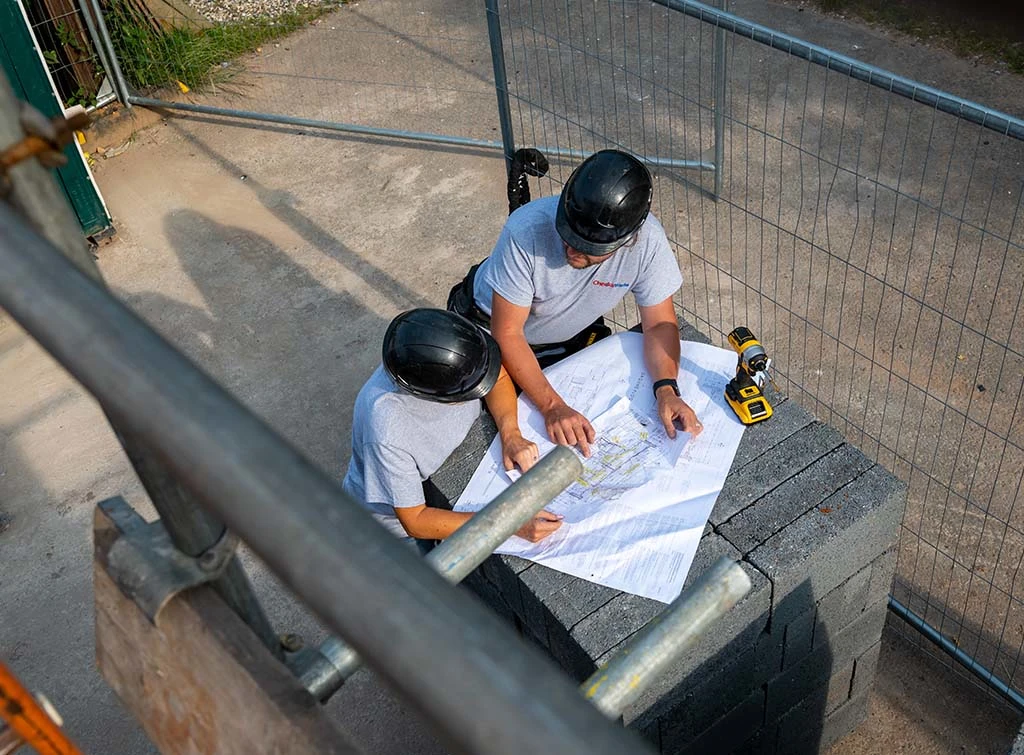
What is the role of the key dutyholders?
Unfortunately, it is all too common for contractors of all trade disciplines to ignore the CDM regulations altogether.
Without understanding the basics of CDM, dutyholders are not allocated. This is a potentially risky approach, meaning work carried out is not in line with regulations, and because it can also place anyone working on a site in potentially hazardous situations.
The Health and Safety Executive (HSE) have outlined 7 dutyholders that are responsible for different areas of health and safety during construction projects.
There are lots of rules and terms to understand when it comes to Construction (Design and Management) Regulations 2015. Below are some of the main tasks and an outline of the dutyholders.
Client
This is the person who the project is happening for, the one who instigated the construction project in the first place. They’ll need to make suitable arrangements, including appointing other dutyholders and making sure there are sufficient time and resources.
Domestic Client
Although homeowners who need construction work are included in the scope of CDM 2015, their duties as a client are normally transferred to the contractor or principle contractor.
Principal Designer
They plan, manage, monitor and coordinate the health and safety during the pre-construction phase. The principal designer is usually appointed for projects involving more than one contractor.
Designer
Before construction begins, the designers are needed to eliminate, reduce or control foreseeable risks that might arise. That includes both during the construction phase itself and for the ongoing maintenance and use of a building once completed.
Principal Contractor
These are the main contractors who will be carrying out the physical work during the construction. Especially when the project involves more than one contractor. They are responsible for following the recommendations of both client and principal designer. They ensure that information is passed on to all workers, prevent unauthorised access and oversee health and safety rules are followed.
Contractor
In projects involving more than one contractor, the principal contractor is the dutyholder. The contractor role as outlined in the CDM rules indicates the same responsibilities, but only for their own team, rather than the whole project.
Worker
This dutyholder label is given to anyone else carrying out work on the project, such as subcontractors or employees. They must be consulted about all matters that affect their health, safety and welfare, and report anything they see that could affect the project.
Get the quality of your work guaranteed
Checkatrade check every member to ensure high standards
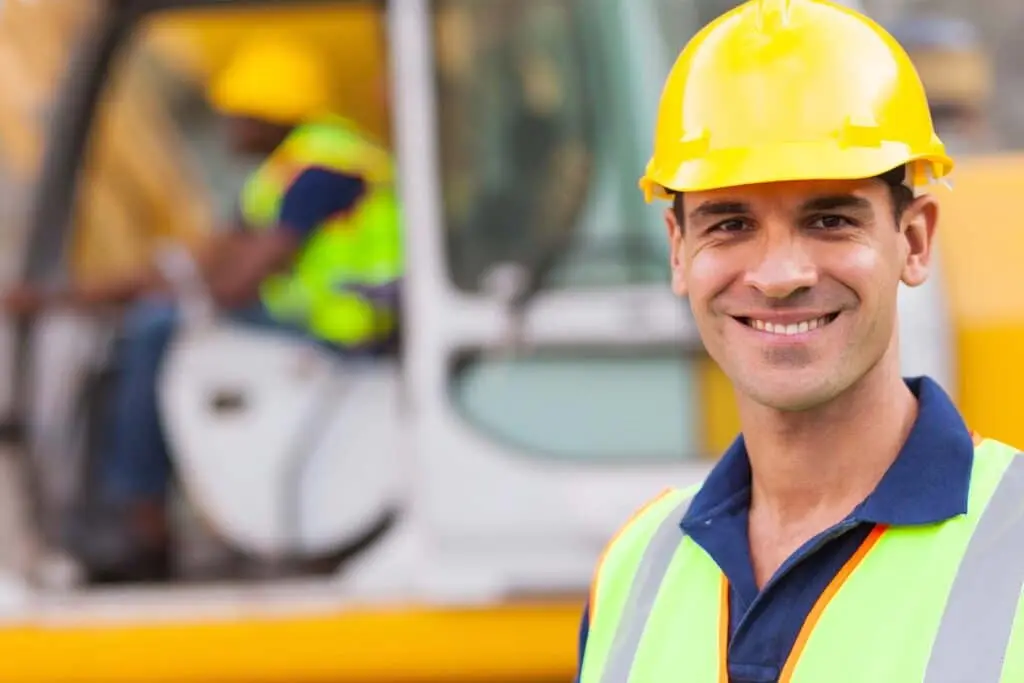
What is a CDM risk assessment?
From residential properties to office blocks and more, projects of all sizes are integral to the continued growth of the construction industry.
But with any size construction project, there will be potential risks and hazards. In order to make sure that a project is carried out as safely as possible, and in line with regulations, it is necessary to carry out a CDM risk assessment first.
There are many guidelines to follow when it comes to doing a risk assessment. They also apply when putting together the CDM report for the construction project.
What is included?
While there are more details to be found in the HSE’s Guidance on Regulations, the main elements of a CDM risk assessment include:
Project information – Details outlining the location, scope, dutyholders and any key stakeholders
Pre-construction information – Details about the site, such as existing structures, ground conditions and any known hazards
Design related risks – Outline of any risk that may arise from design – including architectural, structural and engineering – as well as identifying opportunities to eliminate or minimise these risks
Construction phase risks – Identifying any risks or hazards related to the construction process – including working at height, lifting, materials, chemicals or processes – including the use of tools, equipment and PPE
Worker engagement and training – Making sure that all workers and contractors are informed, involved, supervised and adequately trained to perform tasks safely and efficiently
Emergency planning – Planning for emergencies of different kinds, beyond expected hazards and risks already identified – such as procedures for fires, accidents and medical incidents
Ongoing monitoring and review process – Making sure that the risk assessment is followed and updated as the construction project goes on – making adjustments if required
Depending on the size of project, the CDM risk assessment could vary in size and time it takes to complete.
For example, you won’t necessarily need a 100-page document for someone’s leaking tap. However, it is still good to identify what could go wrong and steps to follow in case anything does. Note that the CDM regulations are for construction projects. If you’re not sure if they apply to your trade business, you may need to ask a trade association or seek legal advice.
Why a CDM report is so important
Having the right dutyholders in place following the correct steps will help minimise risks. Carrying out a CDM risk assessment before any construction project is not just a legal requirement, it is an important step to help make sure that it is carried out safely and effectively.
At Checkatrade, we only work with trusted people, which is why one of our requirements is to have the correct insurance in place, and up to date accreditations.
Become a member today and we’ll start carrying out vetting checks. We put millions of homeowners in touch with tradespeople just like you across the UK. Sign up and discover construction job opportunities in your area.
Make your Checkatrade membership work for your business
Make your membership work for you Checkatrade is designed for customers to find quality tradespeople. So as a tradesperson yourself, you can rest assured that there is more to our membership than you might think. Need more leads? As a Checkatrade member, you have
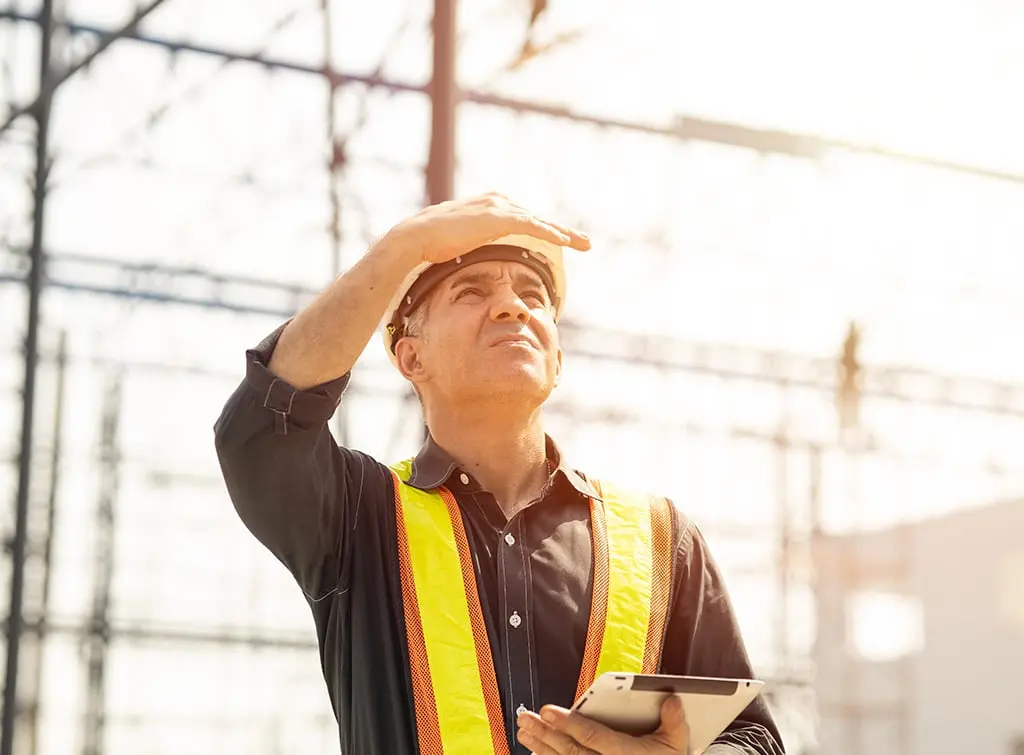
Key takeaways
CDM regulations are designed to ensure Health and Safety law is followed on any construction project
The regulations are focussed on the prevention and management of risks
CDM regulations are more focussed on the Design and Management phase of construction, rather than the physical tasks themselves
There are 7 different dutyholder roles that need to be followed
A person or organisation can be more than one dutyholder on any given project
Risk assessments need to be carried out – so a checklist is a good template to follow
Checkatrade members that carry out work inline with regulations can have their work guaranteed up to £1,000 (T&Cs apply)
Get the quality of your work guaranteed
Checkatrade check every member to ensure high standards


